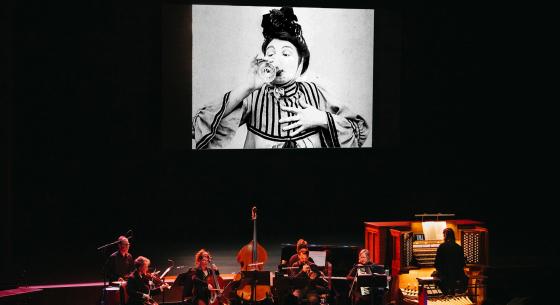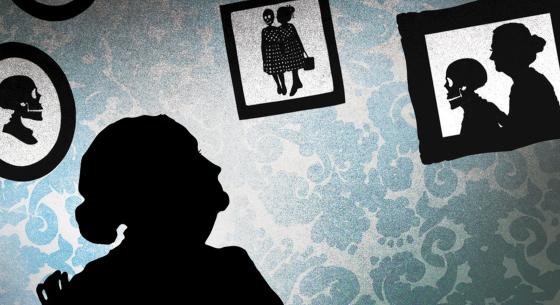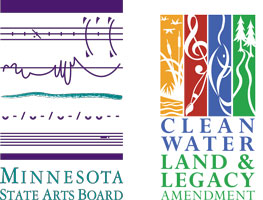From Entomology to Ethnography, All Hands on Deck for These Surreal Cinema Sensations!
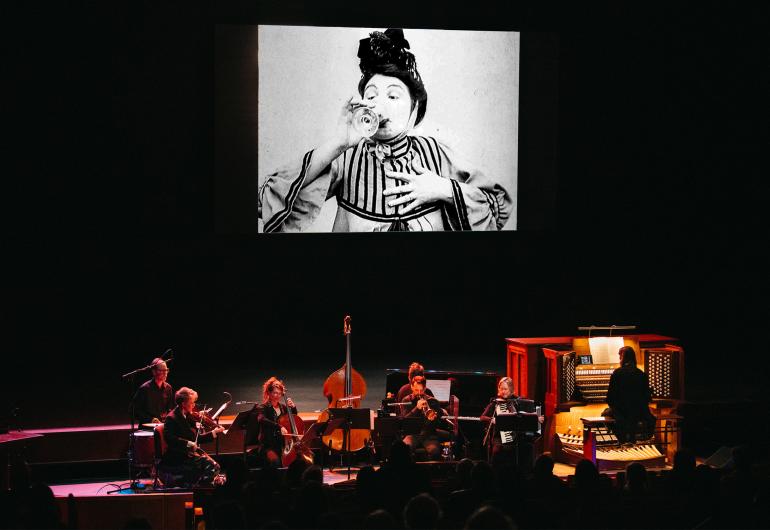
Check out these featured facts surrounding the All Hands on Deck: Dance, Metamorphosis, and Surreal Labor in Silent Cinema with Live Music featuring Dreamland Faces screening and panel discussion on Nov 14 at Northrop, on-demand through Nov 26.
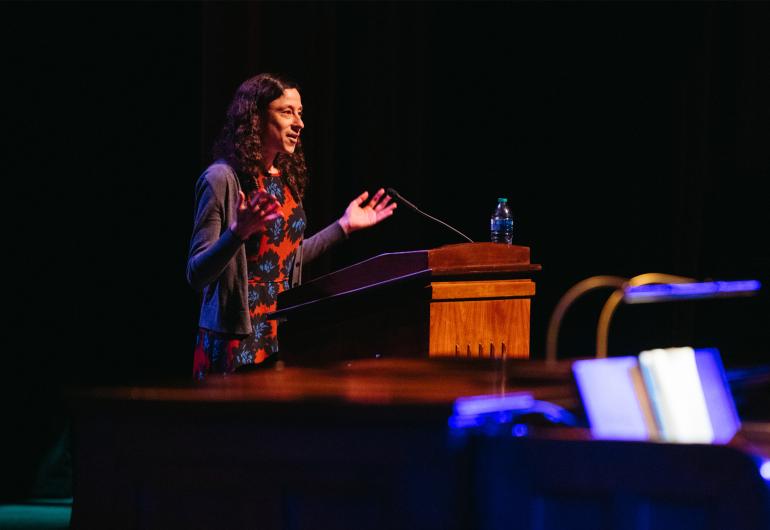
Photo © Jayme Halbritter Photography.
Spotlighting Cinema Pioneers
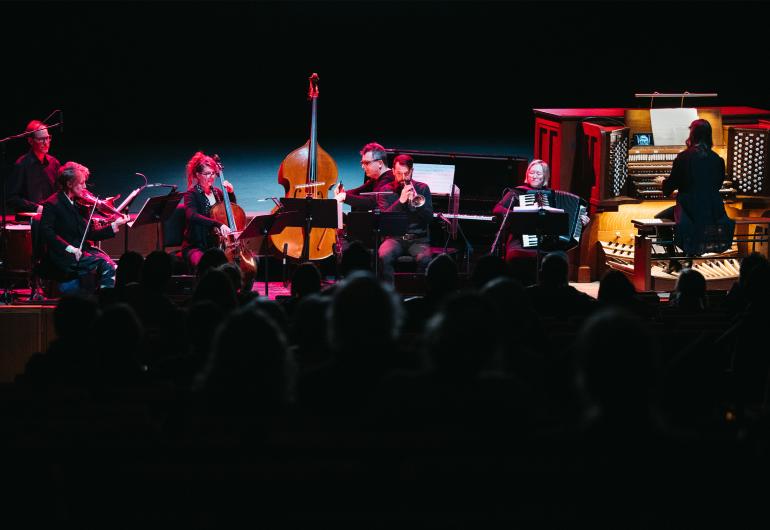
Photo © Jayme Halbritter Photography.
Matching Music to Metaphors
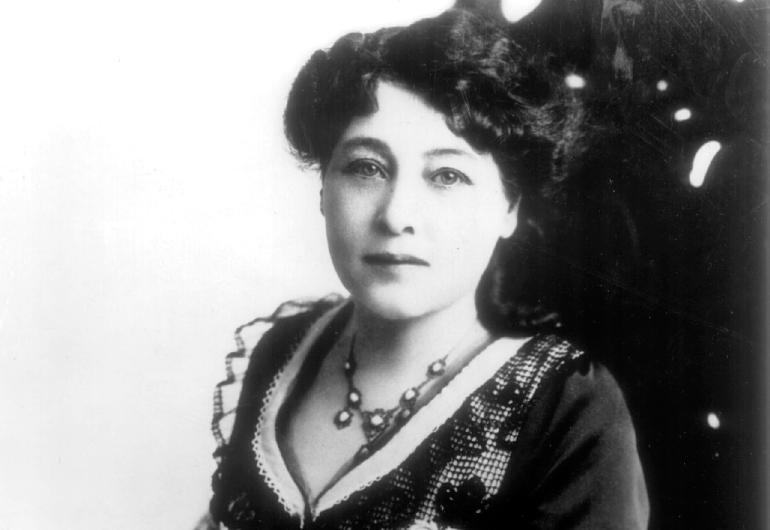
Photo Apeda Studio New York, Public domain, via Wikimedia Commons.
The Woman Behind the Scene
Photo courtesy of Archives on Screen, Twin Cities.
The Bug Trainer
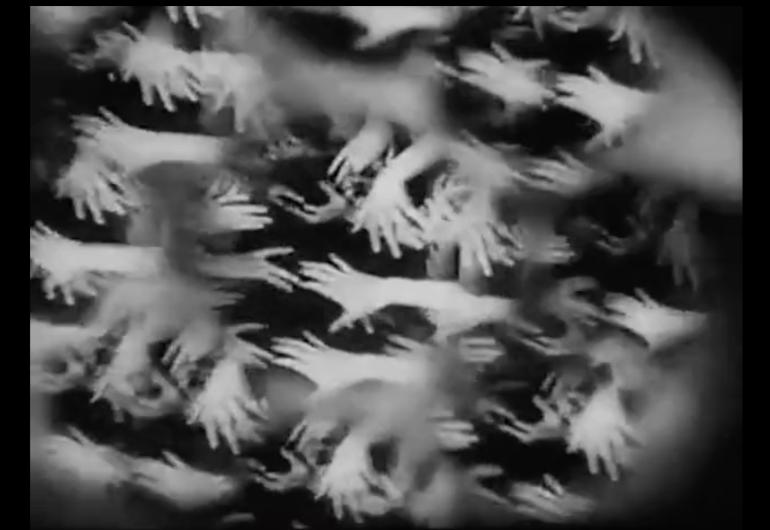
Photo courtesy of Archives on Screen, Twin Cities.
The Language of Hands
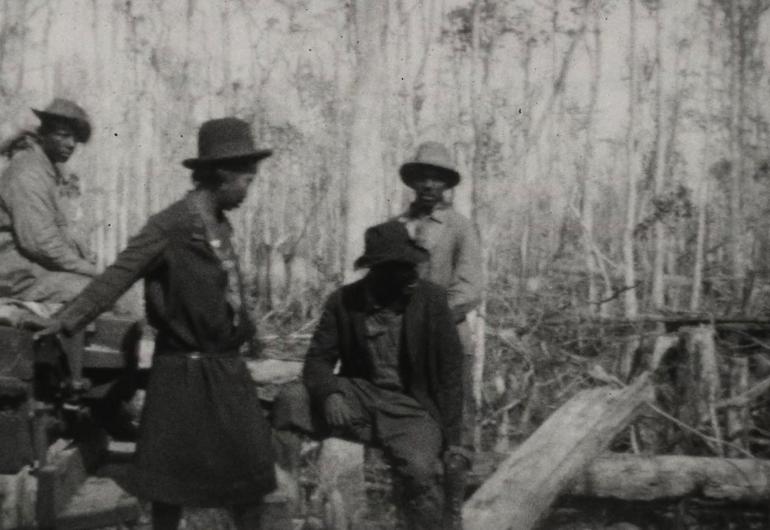
Photo courtesy of Archives on Screen, Twin Cities.
The Power of Ethnographic Film
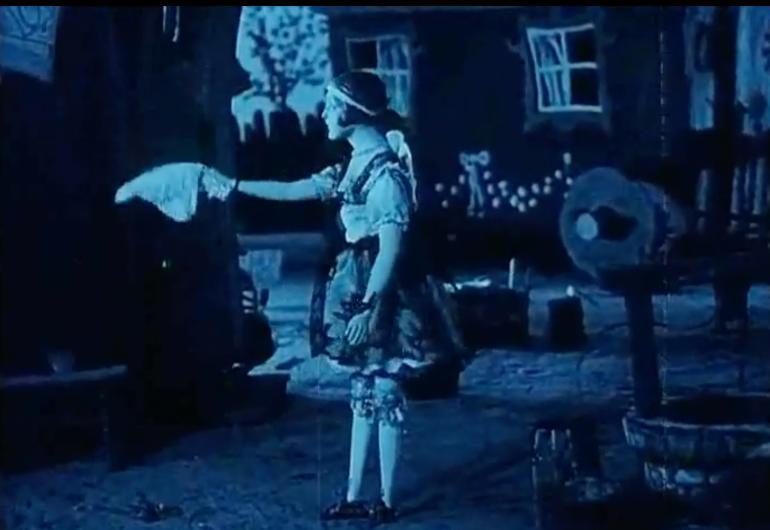
Photo courtesy of Archives on Screen, Twin Cities.
